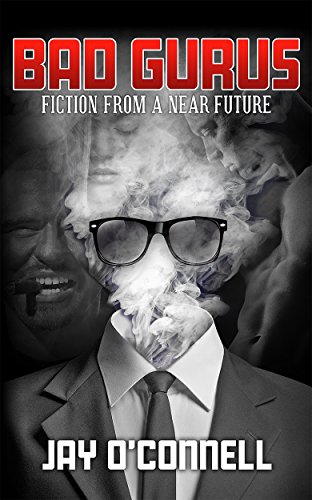So if you follow me on social media you may remember that I have committed to writing 300,000 words this year.
This isn’t a huge thing, really, by indy standards, though were I to publish them all traditionally, that would be an outlier. If you’re not a writer and you think of writing in pages and not words, here’s a link for the lengths of famous novels.
Oh, all right, I’ll convert that into pages (even though pages vary in lengths for lots of reasons). Call it 3000 paperback tiny print pages.
When J.K. Rowling was constrained by industry standards vis a vis optimal YA novel length, that would be about 3 Harry Potter books like the first two. Of course, she became J.K. Rowling at a certain point, so at 257k, Order of the Phoenix would eat most of my 300k year, with an additional short novel, say, The Great Gatsby, tossed off in the last two months.
So far, this is working well for me. I have hit my target at three months in.
I have finished 2 novellas, 2 novelettes, one short story, and am halfway through another short now. For fun, I will name them.
- Indigo
- Uncontainable
- You Must Remember This
- The Keyhole
- The Gorgon
- Far and Away
If you are considering doing this, setting a writing goal, jigger the rules of your writing game to help you do the thing you need the most. My problem, I think, has been a slow process that doesn’t include proper drafting. I haven’t written bad first drafts; I have agonized, growing stories very slowly, I call it ice-sickling, rereading and rewriting endlessly as I go along. If you are a pantser and want more plot, be sure to count your outlines.
What Not to Count
The one thing I urge you never to count, ever, is your social media and email output. Writers fool themselves into thinking they’re platform building with this kind of thing, when they really need to be writing more books and stories. Mostly what you do in social media is make Mark Zuckerberg, and Google, which people use to find your content, a tiny bit richer. The value that adheres to you is negligible.
There are exceptions to this. John Scalzi and John Green come to mind. But they have written their fiction at a good fast clip and don’t seem to suffer from time in social media. If you aren’t finishing a novel or three a year, I’d look into social media use. It is probably a tail that is wagging your dog.
Twitter might be an exception, tweets are dense and crafted, or should be, and if your content generates a ton of followers…. well. As an editor of an online magazine, I noticed a strong correlation between story reads and Twitter numbers. And a youtube channel actually generates a little revenue. Podcasts consume a different kind of energy and should include human contact, even if it’s a phone conversation or skype call being turned into content, and again, you own that content.
But Facebook is a complete and total disaster. Believe me. Try marketing reprint anthos to your 1000 friends. This gives you a great idea of the monetary value of that relationship as mediated through Facebook. Don’t hate your friends. Hate Facebook. Because you’ll never know, when your stuff doesn’t sell, how much of the failure is genuine ambivalence, and how much is FB gaming the system to sell you ads. Because Facebook is built content they get for free, which they then turn around and charge the content providers to show to people.
Often people who have signed up to get the content!
Facebook sells your own friends back to you.
So, repeat after me, social media is a giant suckhole of time and effort.
That includes stuff like this blog post you’re reading now of course.
Rules of The Game
- Pick a number of words for the time period. Figure out how many writing days there are in your time period. Do your math. Give yourself days off. When you miss your goals you can burn them if you have to.
- Do not subtract for edits. Throwing words away is important. If you penalize yourself you can’t edit properly. Scrivener has a setting for this; Not sure how you would do it otherwise. A rigorous drafting process would work.
- Count your outlines. They’re very dense and time consuming. Don’t worry that you’re counting something twice. Count your story bible, and any idea files you keep.
- Don’t count social media writing or blogging or any form of conversational typing.
- Pick an easy per day goal; figure out how many days you can work in your year, how many writing days. Do not stretch in this part of the goal. If this is 200 words a day five days a week for fifty weeks with two week vacation, congratulations, you could have written Vonnegut’s Slaughterhouse Five in a year.
- This is the hard part. Do not let yourself off the hook for the cumulative goal.* What this means is that as you slip and lose days, to slow edits, to life, your new word goal will rise and become more challenging. This is why you picked an easy one.
Study your workflow. Maybe now you have too many shitty first drafts. One of the downsides of nano-wrimo for many are hastily written novels that nobody finishes. Finishing is when you level up. It is when the Dungeon Master hands out experience points.
You have to finish. Some things can be finished in outline only. But you have to finish what you start in some way, or part of your brain will be sucking that lolipop for the rest of your life. That sucking may actually turn into something wonderful, but don’t count on that, ever. You’re better off finishing everything you can.
If you are writing stuff you know you can’t return to, you may want to stop and revise your goal downward. If on the other hand you look at the work and see something you will want to work with, keep going.
Common Observations on Goal Oriented Writing
- So many, many pros say this I’m not going to bother to source it. The writing you produce when inspired, and the writing you grind out under your self imposed deadline will read the same. You’ll see no huge dramatic shifts in quality.
- You will build a muscle you didn’t know existed.
- You will become a better writer.
- If you submit what you write, you will start selling eventually.
Risks and Dangers
If you have mental health issues, stress can trigger problems. This is a stressful activity. That’s the point. To use the stress to build a muscle. To use increased workflow to find a better process. I have noticed, for want of a better term, a prose module in my head that heats up and is hard to shut off. Characters will chatter at you. Story details will pop into your head constantly. You’ll itch to get to a keyboard to make sure you don’t lose anything. Why does this happen?
Writing is dissociation. Here’s a definition of that in psychiatric terms:
Dissocation is a separation of normally related mental processes, resulting in one group functioning independently from the rest, leading in extreme cases to disorders such as multiple personality…
Dissociation is any of a wide array of experiences from mild detachment from immediate surroundings to more severe detachment from physical and emotional experiences. The major characteristic of all dissociative phenomena involves a detachment from reality, rather than a loss of reality as in psychosis.
This detachment is your writing trance. It is what makes the solitude endurable and enjoyable. We don’t write alone. We write in the company of our imaginary friends.
If you take from this the idea that I’m saying becoming a good writer means you drive yourself slightly insane then you are reading me correctly. I am saying that.
So don’t break yourself. Adding heavy drug use, even moderate drug use, lack of exercise, lack of sleep, lack of all human contact, to a new writing goal is a recipe for disaster. Don’t try this at home. Take care of yourself.
But when you feel it’s time, do this thing with all your heart, so when you lay down to die, you’ll know, you did it. When the music stops, and you take your seat for the rest of eternity, you want that moment where you say.
I gave it my all. My all was good enough.


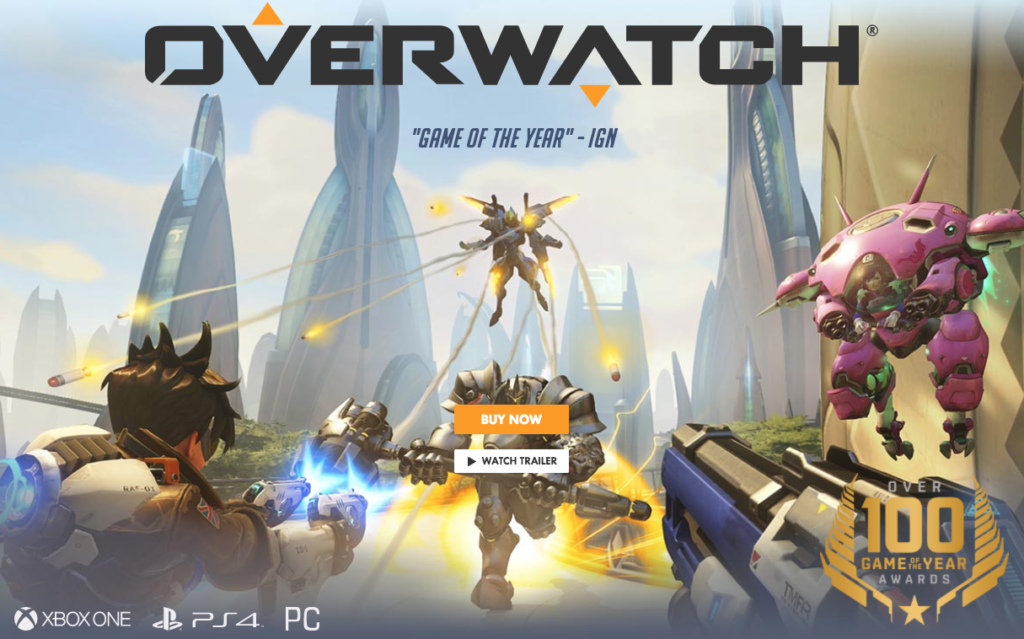 I’ve been thinking about how game worlds are these socialist utopias, where all players start out equal, and social engineers continually tinker with the rules to produce the desired outcome.
I’ve been thinking about how game worlds are these socialist utopias, where all players start out equal, and social engineers continually tinker with the rules to produce the desired outcome. 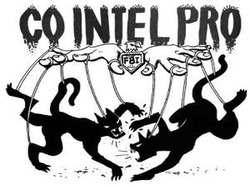

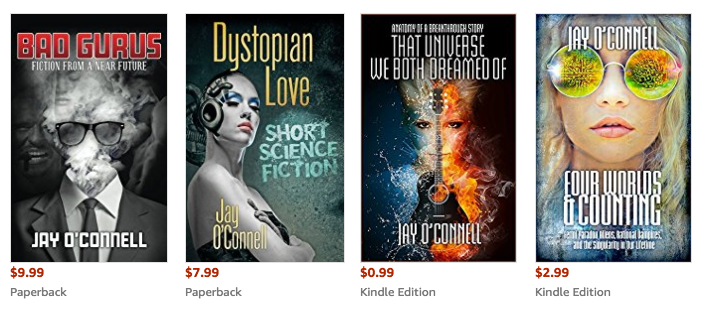
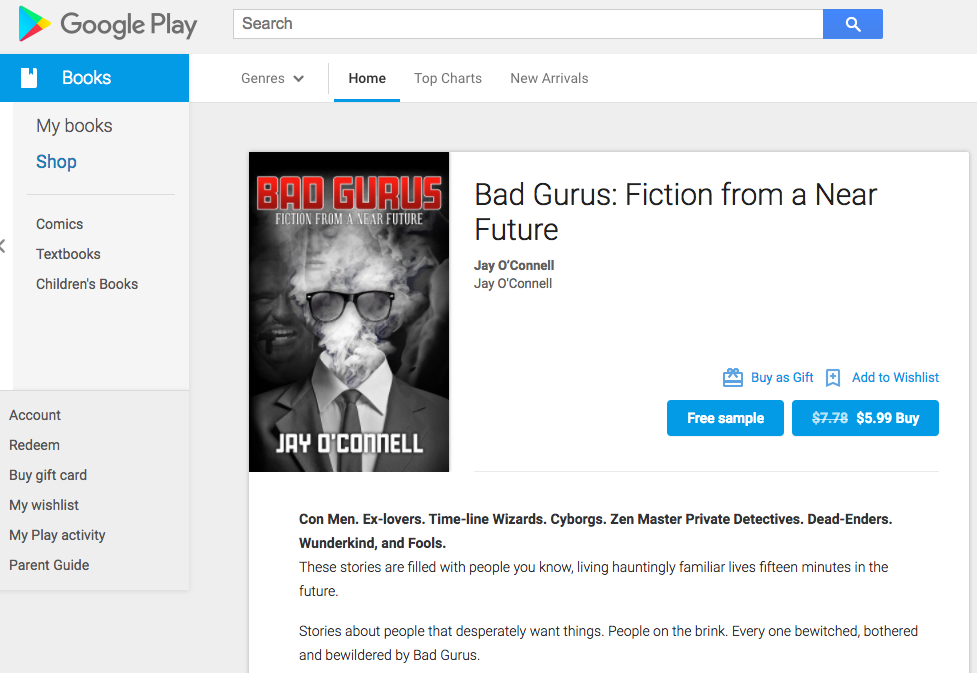
 A man in a red t-shirt sits watching TV alone in his condominium drinking a can of beer. He has recently quit smoking and feels like shit. He is wearing three nicotine patches. He has had a bad day at work. His wife has left him for another…
A man in a red t-shirt sits watching TV alone in his condominium drinking a can of beer. He has recently quit smoking and feels like shit. He is wearing three nicotine patches. He has had a bad day at work. His wife has left him for another…